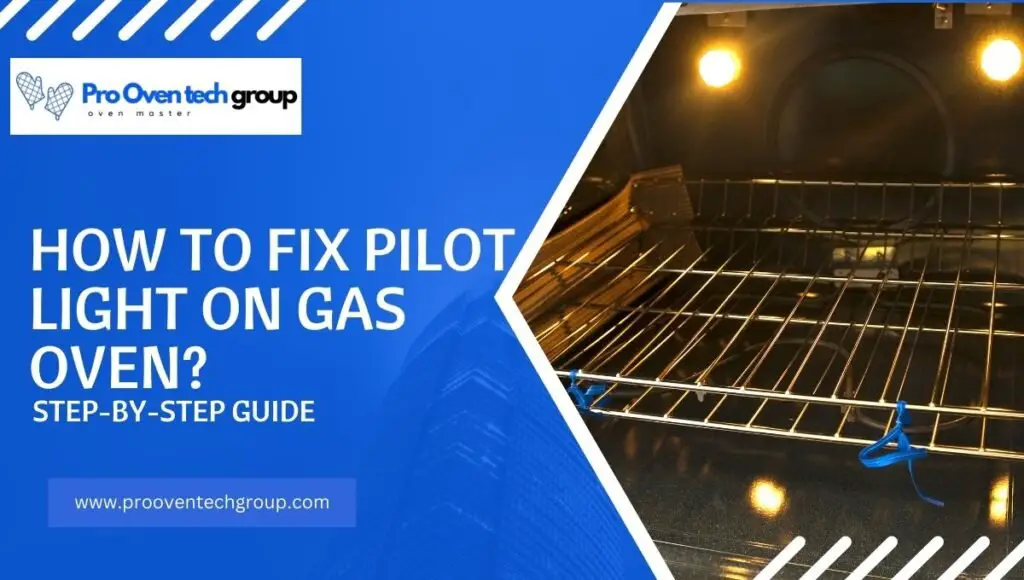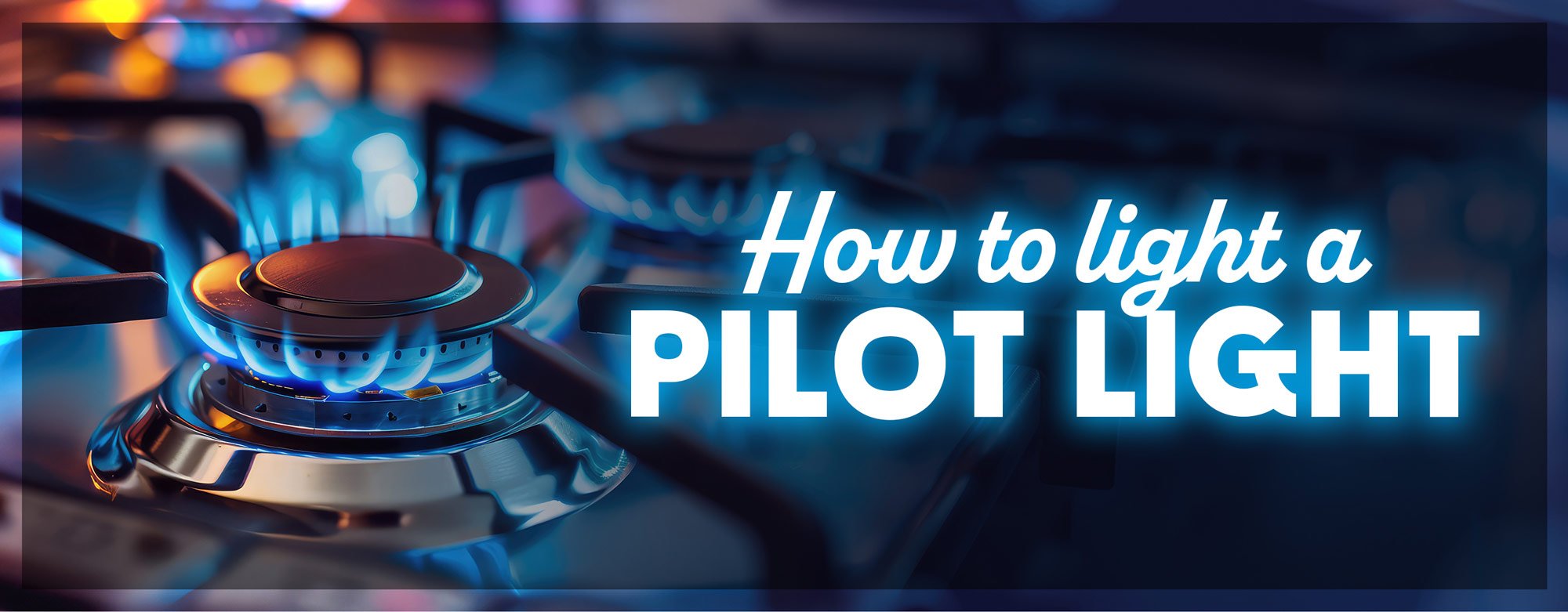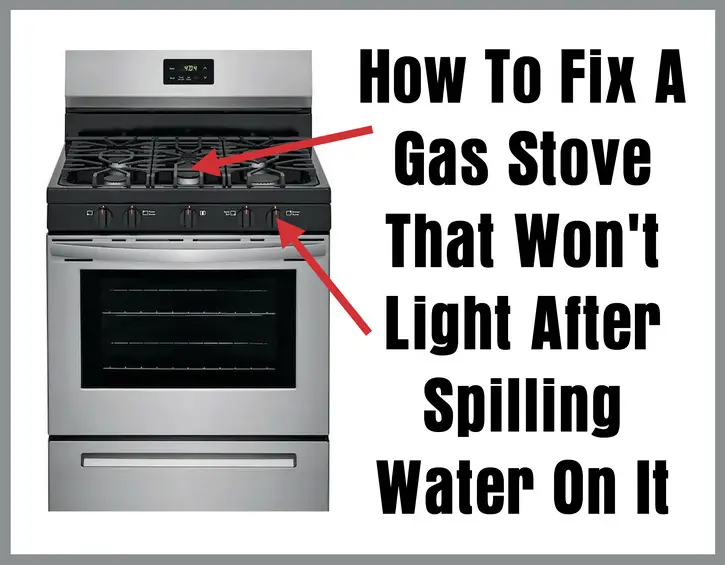Gas Oven Pilot Light On But No Heat

A gas oven with a pilot light that's lit but fails to produce heat is a common yet frustrating issue. It suggests the gas supply is reaching the oven, but something is preventing it from igniting the main burner. Addressing this promptly can save you money on wasted gas and prevent further damage to your appliance. This article explores the possible causes, offering troubleshooting steps and energy-efficient solutions to consider.
Understanding the Basics: Pilot Lights and Gas Oven Operation
Traditionally, gas ovens used a constantly burning pilot light to ignite the main burner. While this design provided a reliable ignition source, it also consumed gas continuously, contributing to higher energy bills. Modern ovens often use electronic ignition systems, eliminating the need for a standing pilot light altogether. Understanding which type of ignition system your oven uses is crucial for diagnosis. If you have a pilot light, the problem could stem from:
- Dirty Pilot Light Orifice: Debris can partially block the gas flow to the pilot, resulting in a weak flame that struggles to trigger the main burner.
- Faulty Thermocouple: The thermocouple is a safety device that senses the pilot flame and allows gas to flow to the main burner. A malfunctioning thermocouple may shut off the gas supply even though the pilot is lit.
- Defective Gas Valve: The gas valve controls the flow of gas to both the pilot light and the main burner. If it's malfunctioning, it may prevent gas from reaching the main burner.
Troubleshooting Steps: Pilot Light On, No Heat
Before calling a technician, try these troubleshooting steps:
- Safety First: Turn off the gas supply to the oven before starting any repairs. Locate the gas shut-off valve, usually near the gas line connection to the oven.
- Clean the Pilot Light Orifice: Use a small wire or needle to carefully clean the pilot light orifice. Avoid enlarging the opening. A can of compressed air can help remove loose debris.
- Inspect the Thermocouple: The thermocouple is a small metal rod located near the pilot light. Check for any signs of damage, such as corrosion or bending. Sometimes, gently cleaning the thermocouple with fine-grit sandpaper can improve its performance.
- Test the Thermocouple (Advanced): This requires a multimeter. Disconnect the thermocouple from the gas valve and use the multimeter to measure the voltage output when the pilot light is lit. A reading below the manufacturer's specification indicates a faulty thermocouple.
- Check the Gas Valve: Listen for a clicking sound when you turn the oven on. If you don't hear a click, the gas valve might be defective. This is a more complex repair and often requires professional assistance.
- Inspect the Igniter (If Applicable): Some older ovens have an igniter alongside the pilot. Observe if the igniter glows red hot when the oven is turned on. If not, the igniter may be faulty.
Energy-Efficient Upgrades: Moving Beyond the Pilot Light
Even if you successfully repair your oven, a pilot light system continuously consumes gas. Upgrading to a modern oven with electronic ignition offers significant energy savings and improved safety. Here are some options to consider:
- Electronic Ignition Ovens: These ovens use an electronic igniter to light the gas burner only when needed, eliminating the constant gas consumption of a pilot light. According to Energy Star, these ovens can save you up to 40% on gas consumption compared to older models with pilot lights. The return on investment (ROI) can be significant over the lifespan of the appliance.
- Induction Cooktops: While not directly related to the oven, an induction cooktop provides highly efficient and precise cooking, reducing the need to use the oven for certain tasks. Induction cooktops only heat the cookware itself, minimizing wasted energy.
- Convection Ovens: Convection ovens use a fan to circulate hot air, resulting in more even cooking and faster cooking times. This reduces the amount of energy needed to cook food.
Smart Home Integration: Optimizing Oven Usage
Integrating your oven with a smart home system can further enhance energy efficiency and convenience:
- Smart Ovens: Some smart ovens offer features like remote preheating, temperature monitoring, and automatic shut-off, allowing you to control your oven from your smartphone or tablet. Some models even learn your cooking habits and suggest optimal settings.
- Smart Thermostats: While not directly connected to the oven, a smart thermostat can optimize your home's overall energy consumption. By learning your schedule and preferences, it can automatically adjust the temperature to reduce energy waste. This indirectly benefits oven usage, as the oven doesn't have to work as hard to maintain the desired temperature if the kitchen is already at a comfortable level.
- Energy Monitoring Systems: These systems track your energy usage in real-time, providing valuable insights into where you can save money. By monitoring your oven's energy consumption, you can identify opportunities to optimize your cooking habits and reduce energy waste.
The Role of HVAC Contractors in Oven Efficiency
While HVAC contractors don't typically repair ovens, they play a crucial role in overall home energy efficiency, which indirectly impacts oven performance and energy consumption.
- Proper Ventilation: Adequate kitchen ventilation is essential for removing excess heat and moisture generated by the oven. HVAC contractors can assess your kitchen's ventilation system and recommend improvements, such as installing a more powerful range hood. Proper ventilation reduces the strain on your HVAC system, saving energy and improving indoor air quality.
- Home Energy Audits: HVAC contractors often conduct home energy audits to identify areas where you can save energy. This includes assessing insulation levels, air leaks, and the efficiency of your heating and cooling systems. Addressing these issues can indirectly improve oven efficiency by reducing the overall energy demand of your home.
- Duct Sealing and Insulation: Leaky or poorly insulated ducts can waste a significant amount of energy. HVAC contractors can seal and insulate your ducts to prevent air leaks and ensure that your heating and cooling systems are operating efficiently. This can help maintain a more consistent temperature in your kitchen, reducing the strain on your oven.
Gas Oven Safety and Maintenance: A Priority
Regular maintenance is crucial for ensuring the safe and efficient operation of your gas oven:
- Annual Inspections: Schedule an annual inspection by a qualified appliance technician. They can identify potential problems before they become major issues, ensuring your oven is operating safely and efficiently.
- Cleanliness: Regularly clean your oven to remove food debris and grease. This not only improves its performance but also reduces the risk of fire hazards.
- Monitor for Gas Leaks: If you smell gas, immediately turn off the gas supply and evacuate the premises. Contact your local gas company or a qualified appliance technician to inspect the oven for leaks. Investing in a carbon monoxide detector is also a smart safety precaution.
Financial Incentives and Rebates
Many utility companies and government agencies offer rebates and incentives for upgrading to energy-efficient appliances, including ovens. Check with your local utility company and the Energy Star website to learn about available programs in your area. These rebates can significantly reduce the upfront cost of a new oven, making it a more affordable investment.
For example, the Inflation Reduction Act of 2022 includes provisions for tax credits and rebates for energy-efficient home upgrades, including appliances. Consult with a tax professional to determine your eligibility for these incentives.
Conclusion: Investing in Energy-Efficient Solutions
A gas oven with a pilot light on but no heat can be a sign of a simple problem or a more serious issue. By following the troubleshooting steps outlined in this article, you can often diagnose and resolve the problem yourself. However, if you're not comfortable working with gas appliances, it's best to call a qualified appliance technician. Furthermore, consider upgrading to a modern oven with electronic ignition for improved energy efficiency and safety. By investing in energy-efficient appliances and integrating them with a smart home system, you can save money on your energy bills and reduce your environmental impact.
Remember to prioritize safety and maintenance to ensure the long-term performance of your oven. Consult with an HVAC contractor for a comprehensive home energy audit to identify other opportunities to save energy and improve the overall efficiency of your home.










